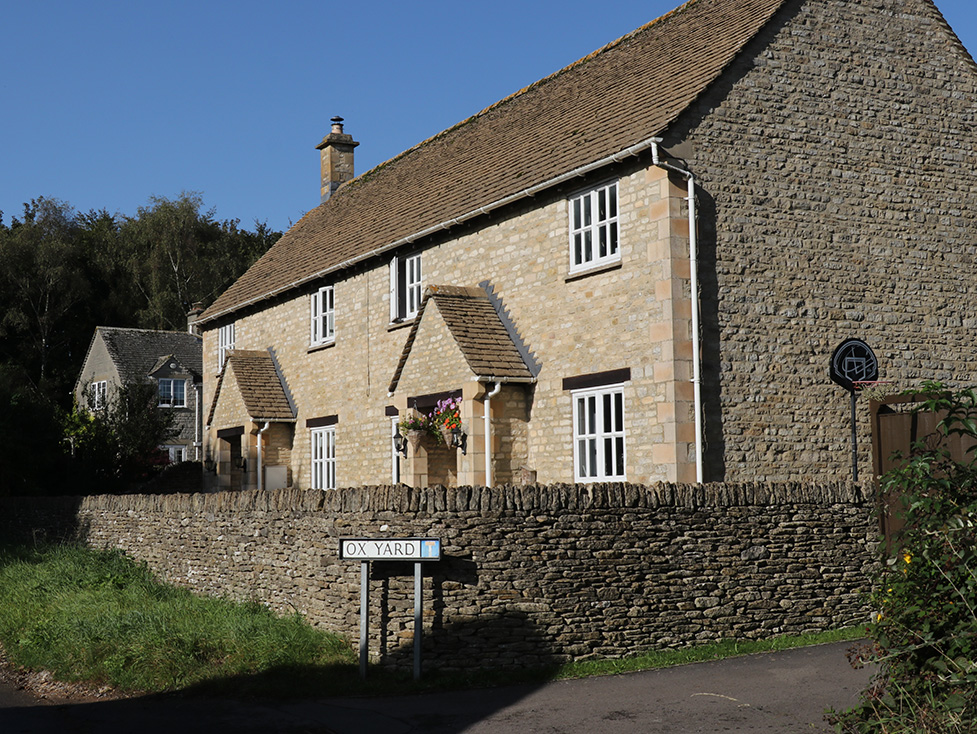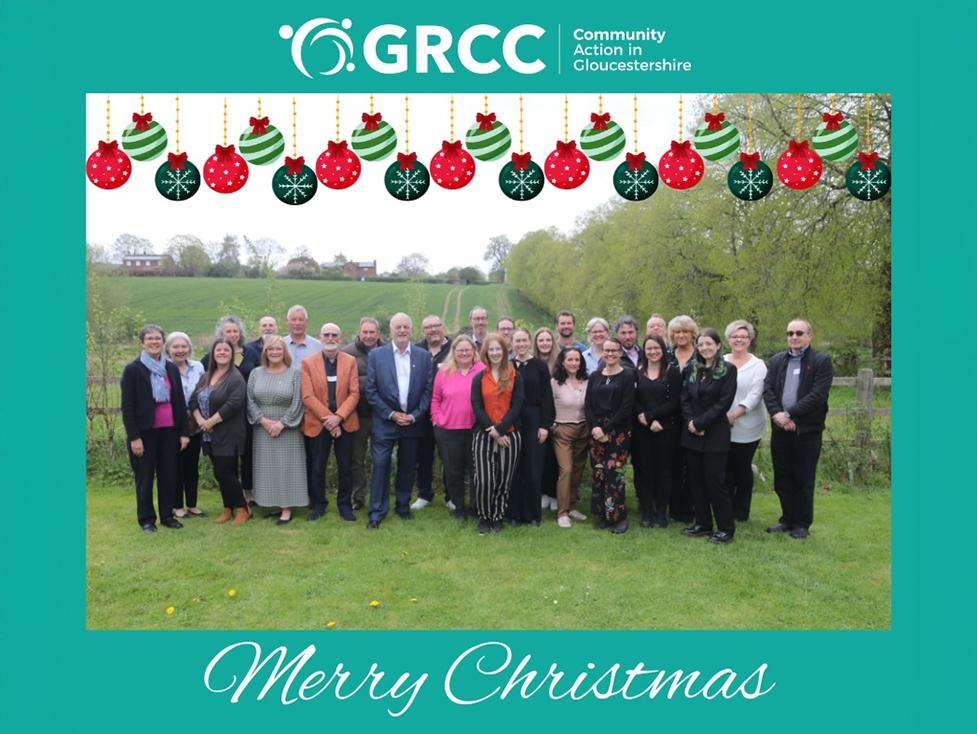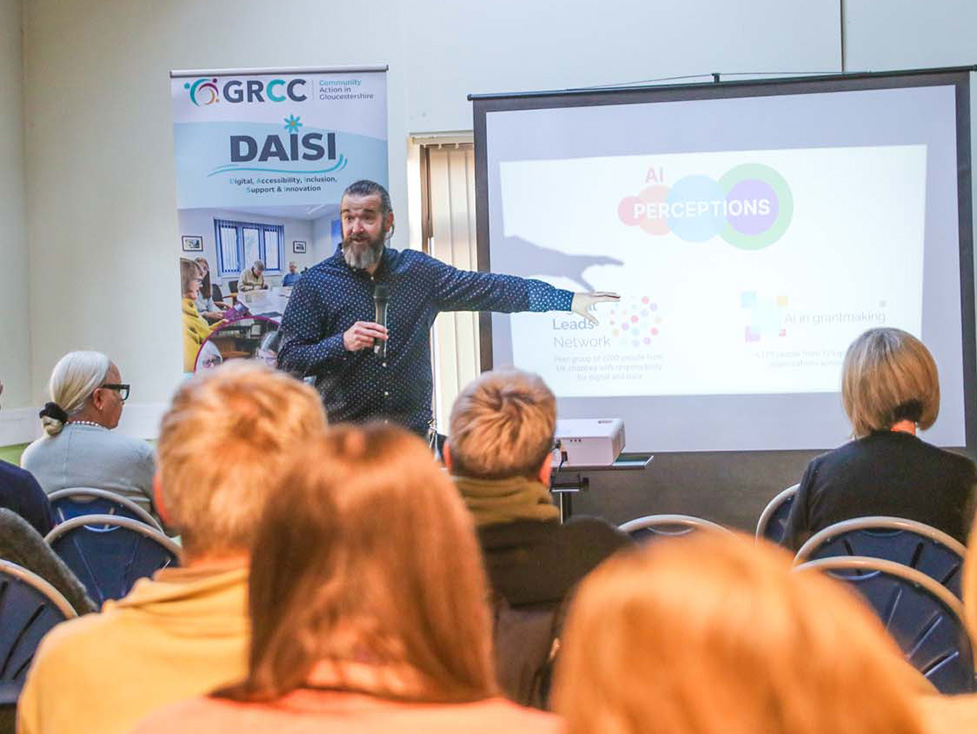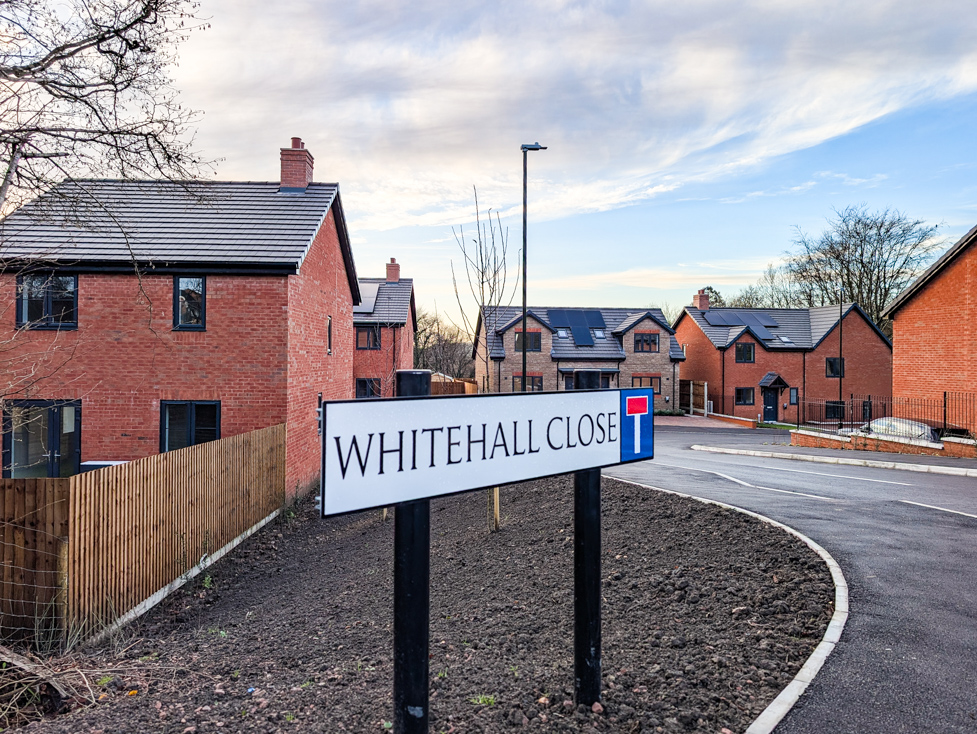- News & Events
- /
- Rural Housing Week 2025 - Day 2

08 Jul, 2025
Rural Housing Week 2025 - Day 2
Our Affordable Housing Team writes:
"Yesterday, we asked whether there is an affordable housing crisis in Gloucestershire.
The pressures on housing associations and local authorities are not inconsequential, and are making the delivery of small numbers of affordable homes, on the edge of or within villages and communities, unviable. Perceived lack of local infrastructure means local opposition from community members has grown from fear and frustration.
The many surveys GRCC carries out annually tells us there is, however small and however “unviable”, a very real affordable housing need.
Here's a more detailed look at the problem:
Affordability and availability
High House Prices:
In rural areas, house prices are often significantly higher than average earnings, making it difficult to almost impossible for local residents to afford homes https://www.ons.gov.uk/visualisations/housingpriceslocal/E07000079/
Limited Affordable Housing:
Only a small percentage of homes in rural areas are classified as affordable, leading to a shortage of housing for low-income households.
Our data tell us that in one Forest of Dean Parish, based on the average price £288,047 of homes sold in that parish in the two years to end February 2025, a person in receipt of the median Forest of Dean district gross income of £31,518 would be unable to purchase an average priced property without a considerable deposit of around £161,975.
The data show that, based on the average price £612,939 of homes sold in one Cotswold parish in the two years to end January 2025, a person in receipt of the median Cotswold District gross income of £29,579 would be unable to purchase an average priced property without a considerable deposit of around £494,623.
In Tewkesbury, the data show that, based on the average price (£671,259) of homes sold in one selected parish in the two years to end April 2025, a person in receipt of the median Tewkesbury Borough gross income of £40,160 would be unable to purchase an average priced property without a considerable deposit of around £510,619.
And in Stroud the data show that, based on the average price £368,000 of homes sold in one parish in the two years to end October 2024, a person in receipt of the median Stroud District full-time income of £35,032 would be unable to purchase an average priced property without a considerable deposit of around £227,872.
Now these figures can vary based on the parish surveyed, but these figures emphasise the problems facing people every day as they seek to live in these parishes
Waiting Lists:
Waiting lists for social housing in rural areas are growing, and it would take many years to offer a home to everyone on the list at the current rate of construction.
Increase in Homelessness:
Homelessness levels in the countryside have increased significantly in recent years - https://www.cpre.org.uk/news/groundbreaking-report-shows-chronic-increase-in-rural-homelessness/?utm_medium=email&utm_source=engagingnetworks&utm_campaign=2023_rural_homelessness&utm_content=240323+Rural+homelessness+email+B
Impact on Communities
Community Decline:
The lack of affordable housing can lead to young people moving away, creating an ageing population and weakening community cohesion.
Economic Impact:
The shortage of homes can hinder economic activity and opportunities in rural areas.
Social Inequality:
The crisis exacerbates existing social inequalities, making it difficult for those with low incomes to access decent housing.
Impact on Young People:
Young people and families are particularly affected by the lack of affordable housing, leading to shifts in the demographic makeup of rural areas.
Causes of the Crisis
Lack of New Construction:
The number of new homes being built in rural areas is insufficient to meet the demand, particularly for affordable housing.
Planning Restrictions:
Local planning policies can restrict the building of new homes, making it difficult to address the housing shortage.
Insufficient Funding:
There is a lack of investment and emphasis in rural housing, which contributes to the scarcity of affordable, decent homes.
Historical Policies:
Policies like the Right to Buy have led to a decrease in the supply of social housing, further exacerbating the crisis.
We need to think differently to how we may have done 20 years ago, and only radical changes to the way we provide affordable housing in rural areas will make a difference."
Latest posts
-

-

By Peter Richardson DAISI Hive: AI - What you need to know
-

By Peter Richardson An all-too-rare Affordable Housing good news story!
